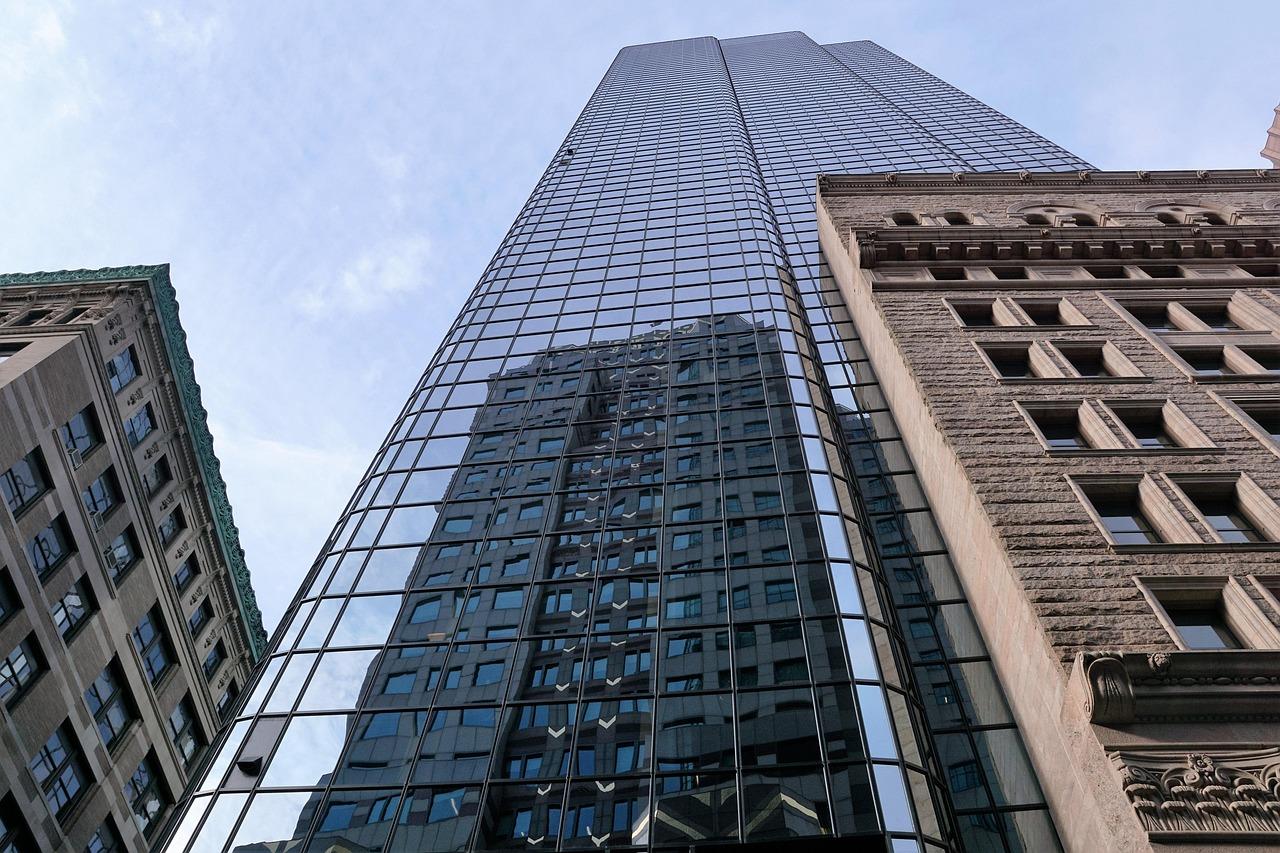EB-5 Direct Investment Requirements
For Direct EB-5, investors may choose to invest in their own company, purchase a franchise, or buy an existing business*. In any case, the investment must create at least 10 new or 10 additional jobs for U.S. workers.
The required investment amount for Direct EB-5 is the same as for the Regional Center program and depends on the location of the business. The minimum investment is $1,050,000, with the possibility of a lower amount for projects located in Targeted Employment Areas (TEAs) – either rural areas or areas where the unemployment rate is 50% higher than the national average.
The jobs must be created for at least 2 years, with a minimum work week of 35 hours per week.
You don’t need to demonstrate the creation of these 10 jobs in the first year, but you must be able to provide tax forms (W-2 forms) filed for each employee at the time of the second application – the I-829 Petition. This petition must be filed between 3 to 5 years after the initial application.
The business can operate in any industry, with no limitations, as long as it is legal and you are able to obtain all the necessary licenses.
Examples of EB-5 Direct Projects
EB-5 Direct Projects can be for any business which will create 10 jobs, and the majority of investors consider projects such as the following:
- Restaurants
- Small Hotels
- Trucking business
- Food store
Ideally, investors should have some prior experience in the field of their new enterprise.
EB-5 Direct Investment Process Overview
Investing in your own business for an EB-5 visa requires more preparation time compared to the Regional Center program.
Step -1 – Preparation
You will need to collaborate with an immigration attorney, economists, and business plan writers to compile the set of documents required for the initial petition.
The core document of your application will be a comprehensive business plan, which must clearly outline when the investment will be made and when the jobs will be created.
The company must be opened and investments have to be made ideally in full at the preparation stage of the process.
Additionally, as with the Regional Center program, you will need to work with your immigration attorney to prepare source-of-funds documentation, which must trace the origin and path of the funds up to the point of investment.
Step 2 – Filing the I526 petition
Once your first application has been prepared, it will be filed by your U.S. immigration attorney. This first application is called the I-526 Petition, and it serves as proof that you have made your investment using legal funds and made a commitment to create 10 full-time jobs. The I-526 petition is reviewed by USCIS within a period from 3 to 36 months.
Step 3 – Getting your immigrant EB-5 visa
After your I-526 has been approved, you can obtain an immigrant visa at the U.S. consulate in your country of origin.
Step 4 – Conditional Green Card
Upon arriving in the U.S. with an EB-5 immigrant visa, you and your family will receive Conditional Green Cards, which are valid for 2 years.
Step 5 – Filing for the I-829 Petition
At the end of your conditional residency, you will need to file a second application, the I-829 Petition, which must demonstrate that the promise you made initially—to create 10 jobs—has been fulfilled.
Step 6 – Permanent Green Card
Upon approval of the I-829 Petition, which can take an additional 2 to 4 years, you and your family will receive Permanent Green Cards.
After residing in the U.S. for more than 5 years from the time you received your Conditional Green Card, you may then apply for U.S. citizenship.
Direct EB-5 Advantages and Disadvantages
The direct EB-5 route can be a great option for investors with entrepreneurial experience. However, even with successful experience in your home country, running a business in a new country can be a significant challenge.
Advantages of the Direct EB-5:
- Full Control: You have complete control over your investment and the job creation process.
- Direct Involvement: You manage your business directly, allowing you to steer its growth and development.
- Potential profitability: you can earn significantly more with your own business.
Disadvantages of the Direct EB-5:
- Longer Preparation Time: Setting up your business and preparing your application can take more time compared to the Regional Center program.
- Increased Effort: Managing and planning your business requires more time, effort, and involvement.
- Higher Costs: Potential costs can be significantly higher than the minimum required investment. With the Regional Center approach your costs would be the main investment of $800,000, because the majority of RC choose their projects in TEA – to be returned in 4 – 6 years and additional non refundable expenses of between $100,000 – 200,000. For your own business, the highest cost woul be a payroll for 10 employees. As of 2024 – the average salary in the US is $59,228 per year, multiplied by 10 and for two years – just the payroll expenses can easily be above $1 mn, and you also would also need to budget marketing, legal and other type of expenses associated with running a business.
- Uncertainty: The level of uncertainty is higher, as it may be more challenging to predict and fulfill the requirement of creating 10 jobs.
These factors explain why the majority of investors continue to choose Regional Center over Direct EB-5 pr.
NOTES:
*A new business for USCIS is a new commercial enterprise that was established: after Nov. 29, 1990; or on or before Nov. 29, 1990, that was: purchased and the existing business is restructured or reorganized in such a way that a new commercial enterprise results; or expanded through the investment, resulting in at least a 40% increase in the net worth or number of employees. Additionally EB-5 investors can invest in the troubled business which existed for more than 2 years and suffered a loss in last 1 – 2 years of 20% of net worth. In this case they dont need to create 10 new jobs but must show that their investment saved jobs.
Categories:




